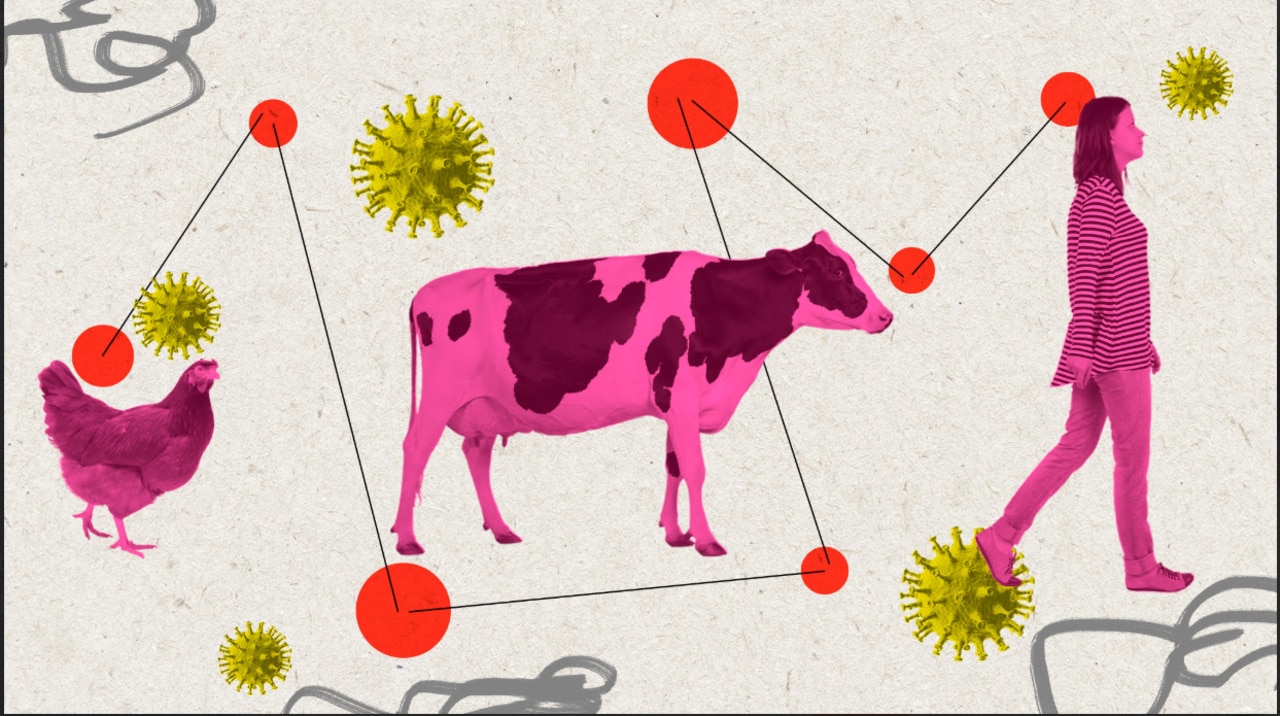Online dementia predictor aims to help people reduce their risk
The reasons why some people develop dementia and others live to an old age with no cognitive decline have begun to be much better understood | CHECK YOUR RISK

In the past two decades, the reasons why some people develop dementia and others live to an old age with no cognitive decline at all have begun to be much better understood. While much is still unknown, particularly in terms of genetic risk, the evidence has strengthened on some of the major lifestyle triggers for dementia, such as inactivity, heavy alcohol use, hypertension in midlife, smoking, poor diet, obesity in middle age, diabetes and poor sleep.
Now researchers at the University of NSW and the nation’s pre-eminent brain research body, Neuroscience Research Australia (NeuRA), have assessed the body of evidence and used it to develop a tool for assessing individual dementia risk. The assessment tool also takes into account protective factors such as regular exercise and oily fish consumption.
“Over the last 10 years there’s been lots of work published identifying risk factors and cognitive decline in dementia and Alzheimers disease,” said Kaarin Anstey from UNSW’s School of Psychology and NeuRA. “We often we hear about that, but we don’t actually ever translate that into real life.

“People want to know what it means for them and how they can assess their risk. We thought it was important to bring it all together into a single risk tool where someone could assess their own risk factors, and get evidence-based information about how to modify those risk factors and ultimately reduce their risk of dementia.”
The risk tool that UNSW and NeuRA jointly developed is known as CogDRisk, and its accuracy has been rigorously assessed. It’s been trialled against four existing datasets, with the results published recently in The Journal of Prevention of Alzheimer’s disease. The analysis has found CogDrisk is effective at predicting dementia.
“We don’t want to say that we can predict exactly who is going to develop dementia from this tool,” Professor Anstey said. “It’s showing whether you’ve got elevated risk, and if you have, you can address those risk factors in your lifestyle and modify them.”
In developing the risk tool, the UNSW researchers analysed four different cohorts of over 9500 participants from existing medical studies. They matched the cohort data against the key risk and protective factors assessed in the CogDrisk tool, including whether individuals have diabetes, depression and insomnia, information on their diet and eating habits and how much they engaged in physical activity. The team were then able to match these to a record of dementia cases that developed within the same cohort.
Reducing your risk of dementia
The World Health Organisation is urging a strong research focus on preventing dementia, especially in the wake of multiple failed drug trials that had hoped to provide a treatment for the condition, which affects almost 400,000 Australians. It also has developed a position paper on optimising brain health across life.
“Our statistical analysis shows the CogDRisk assessment it’s a very robust and generalisable tool,” says Professor Anstey. “It works across different countries and different data sets. And it’s also quite comprehensive, it includes a lot of the newer risk factors that weren’t previously included.”
People can assess their risk using the CogDrisk tool here: https://cogdrisk.neura.edu.au/
It takes approximately 20 minutes to complete.
Those with an elevated risk are advised to consult their GP to discuss potential health and lifestyle interventions.
Information from Dementia Australia on risk reduction is available here.








To join the conversation, please log in. Don't have an account? Register
Join the conversation, you are commenting as Logout